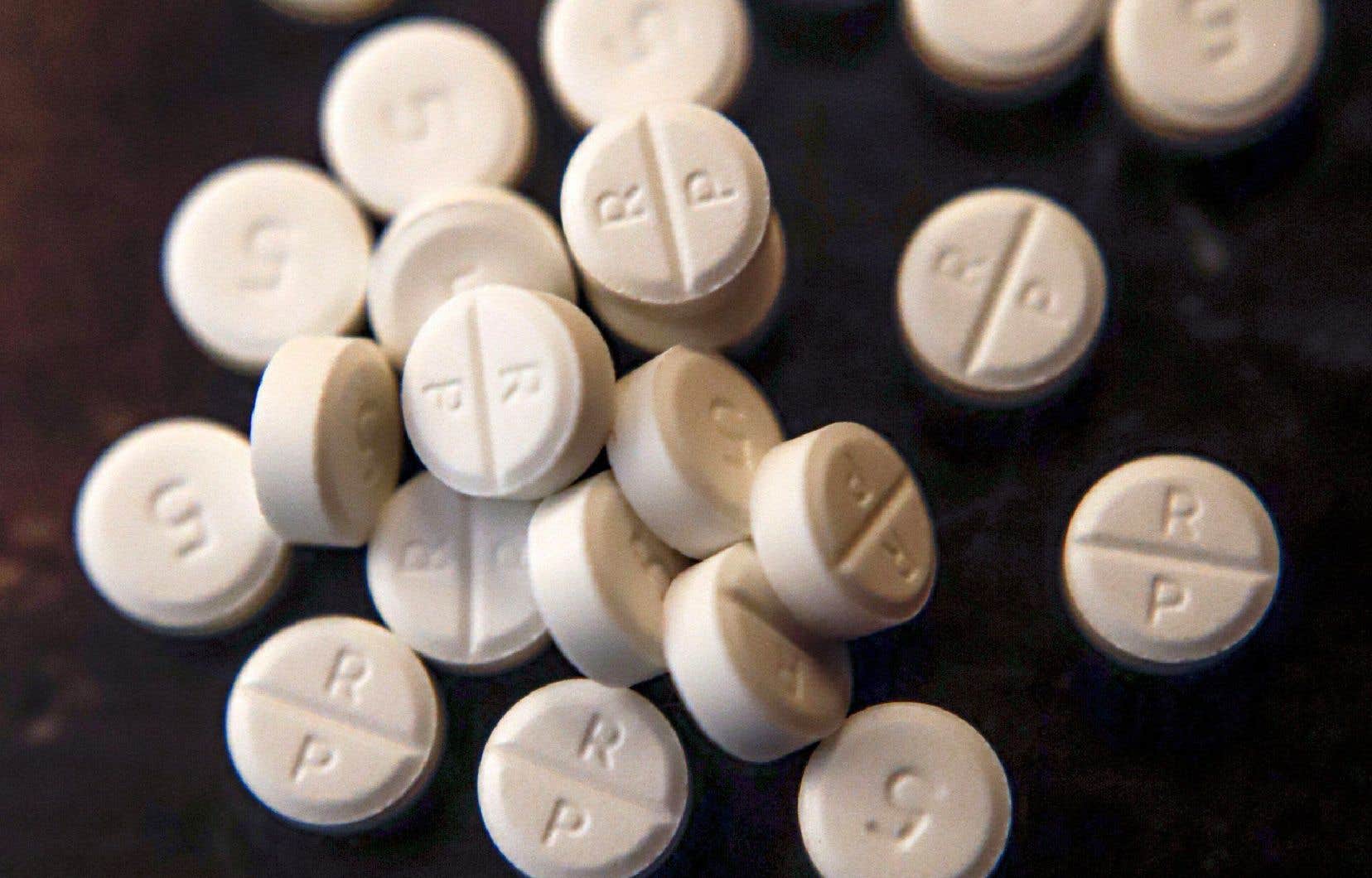At least 13 people died from polyintoxication or complications linked to taking prescription opioids between January 2022 and April 2023, it was noted The duty by studying the coroner’s files.
One evening in June, Nathalie, 47, was watching a film at her neighbor’s house. A little after midnight, she went out to smoke a cigarette, but never returned. It was there, on a chair on the balcony, that her neighbor found her unconscious, a few minutes later. She had obviously just overdosed.
In his report, the coroner indicates that Nathalie — whose The duty chose to withhold full name out of respect for his family — suffered from chronic pain and depression. She was taking antidepressants, as well as prescription fentanyl in the form of skin patches. Toxicological analyzes carried out following her death made it possible to detect in Nathalie’s blood the presence of two antidepressants at therapeutic doses and fentanyl “in toxic concentration”.
“Fentanyl is an opioid (narcotic) analgesic that is used to treat chronic pain,” explains coroner Nathalie Lefebvre in her report. “However, it can be addictive if used for a long time. So, it often happens that the body becomes accustomed to it and a higher dose is needed to relieve the pain. Knowing that [Nathalie] suffered from chronic pain, it is possible that the prescribed dose was no longer sufficient and that she consumed more, which would explain the presence of toxic concentrations in her blood. »
The coroner believes that fentanyl “probably had a drug interaction” with antidepressants. “Several depressants of the central nervous system present simultaneously, even in therapeutic concentrations in the body, will see their effects add up, which can lead to death,” explains the coroner, who concludes that Nathalie “involuntarily poisoned herself with the medications “.
Tablets injected rather than swallowed
Manon had an array of prescriptions, including one for hydromorphone, an opioid better known by its trade name Dilaudid.
The coroner’s examination revealed “the presence of multiple injection sites” on his body. Manon “had been injecting medication intravenously for several years, which was known to those close to her,” writes coroner Sophie Régnière. “It should be noted that the medications prescribed to him were mainly in the form of tablets. None were to be administered intravenously. This situation did not seem to be known to his family doctor, because there is no mention of such a method of administration in his file. »
Toxicological analyzes also found methadone and diazepam, which were not prescribed. “In this context, it is therefore probable that the death of [Manon] either attributable to a pulmonary embolism, which is a complication found in people who [se font des injections] », concludes the coroner.
Daniel, 55, also had an impressive amount of prescription drugs and other non-prescribed substances in his blood when his body was found kneeling by his bed in June 2022. The man, disabled following a work accident, took hydromorphone to relieve chronic lower back pain. “According to the family doctor, several attempts to reduce the doses of hydromorphone had been made, in vain,” wrote coroner Marie Pineault. “In order to reduce the doses, a non-opioid medication for chronic pain was introduced. It was not found in toxicological analyses. »
The coroner concluded that Daniel “probably died of polyintoxication from prescription drugs and abuse, but acute myocardial failure could possibly have caused the death.”
Donald, 56, was taking more than the suggested dose, and police found four empty jars of Dilaudid that should have been left over. Others, finally, like Bernard, 67, died of drug poisoning after having probably taken their doses correctly.
These deaths were counted as part of an in-depth analysis of overdose deaths, carried out as part of an investigation by the Duty which demonstrated that the overdose crisis is not linked only to the use of opioids, but to the mixing of several drugs, including stimulants and benzodiazepines.
